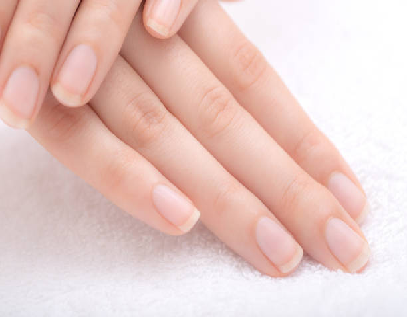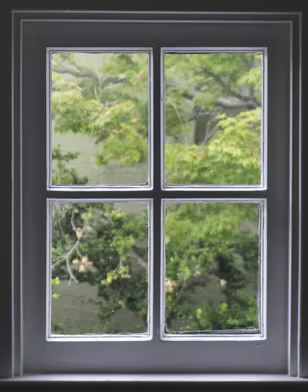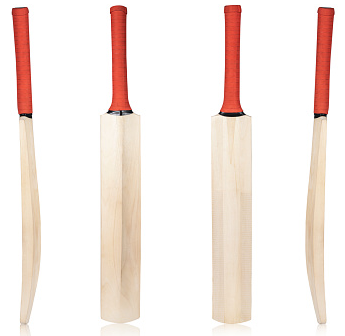CLASS-2
MEASUREMENT OF LENGTHS
Measurement of Length –
When Richard and Michel measures the length of their desk with a pencil, they found that they did not get the same length. Richard said the desk was 7 pencils long and Michel said it was 9 pencils long. Now, the question arises – Why did this happen? It was because the pencils used by Richard & Michel did not have the same length.
The same thing would happen if the length is measured by a hand-span or a foot's pan. Because everyone’s length of foot and hands are different based on their height, weight, and to some extend their heredity. These are also non-standard units of length. To measure the length correctly, we use fixed measures which are centimetres (cm) for small lengths and meters (m) for bigger lengths. Centimetres and meters and standard units of length.
Centimetre –
Your scale has centimetre marks on one side. The scale you have is 20 cm long, and we write centimetres as ‘cm’.

a) The length of an eraser is about 6 cm.

b) The length of a finger is about 8 cm.
Meter -
Meter is a bigger measure of length. 1 meter is equal to 100 centimetres (cm). We write meters as ‘m’.
1 m = 100 cm.
When we measure small lengths such as the length of a book or the length of a spoon, we use centimetres (cm), and when we measure bigger lengths like the length of the road, room, plot, the height of the stairs, and so on. We use a meter (m).
There are some examples given below –

a) A window is about 2 m high

b) A door is about 4 m high

c) A cricket bat is about 1 m long
d) If you stand with your arms outstretched, it would be about one meter or 1 m long
e) Write 200 centimetres (cm) in meters (m).
As we know that, 100 cm = 1 m, so 200 cm = 2 m
f) Write 5 meters (m) in centimetres (cm)
As we know that, 1 m = 100 cm, so 5 m = 500 cm
Measuring with a scale –
We use a scale to measure small lengths. Remember we start measuring from the ‘0’ mark.
